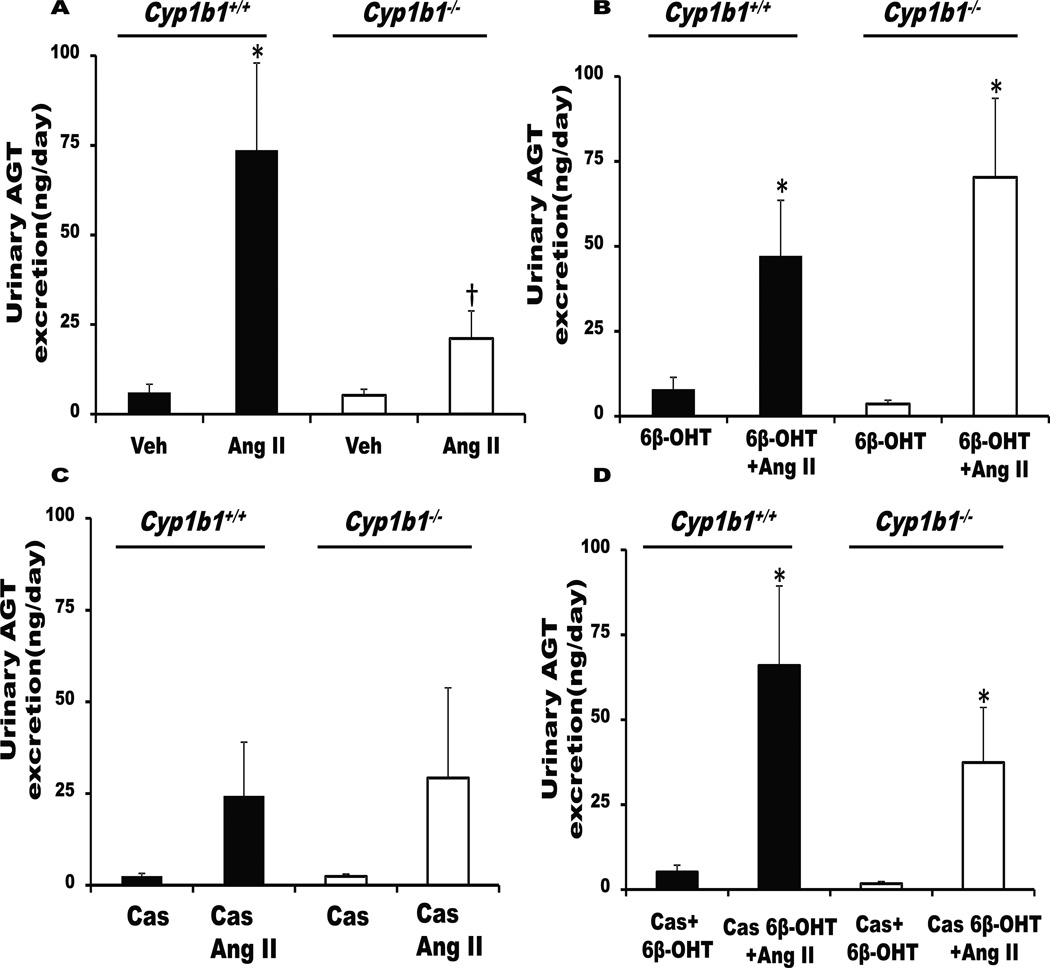Figure 3. Cyp1b1 gene disruption or castration in Cyp1b1+/+ mice attenuates urinary angiotensinogen (AGT) excretion, which is restored by 6β-hydroxytestosterone (6β-OHT).
Intact or castrated Cyp1b1+/+ and Cyp1b1−/− mice were infused with vehicle (Veh) or Ang II and given intraperitoneal injections of testosterone metabolite, 6β-OHT, every third day for 2 weeks. At the end of Ang II infusion, urine was collected, and urinary AGT excretion was measured. (A) Intact Cyp1b1+/+ and Cyp1b1−/− mice infused with vehicle or Ang II. (B) Intact Cyp1b1+/+ and Cyp1b1−/− mice infused with vehicle or Ang II and treated with 6β-OHT for 2 weeks. (C) Castrated Cyp1b1+/+ and Cyp1b1−/− mice infused with vehicle or Ang II. (D) Castrated Cyp1b1+/+ and Cyp1b1−/− mice infused with vehicle or Ang II and treated with 6β-OHT. *P<0.05 Ang II vs. vehicle, Ang II+6β-OHT vs. vehicle+6β-OHT, and Cas+6β-OHT+Ang II vs. Cas+6β-OHT; †P<0.05, Cyp1b1+/+ Ang II vs. Cyp1b1−/− Ang II (n=4–8 for each group of experiments; data are expressed as mean±SEM).

